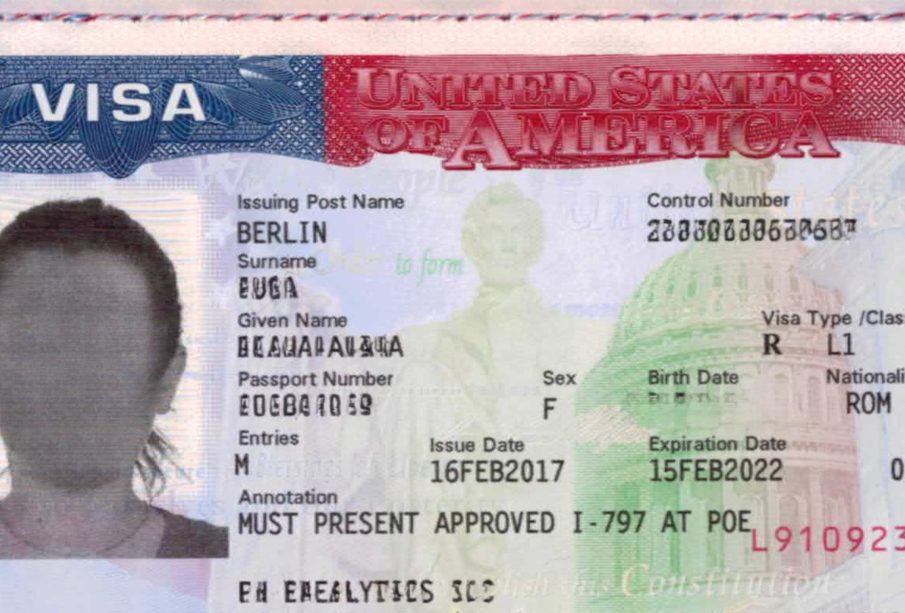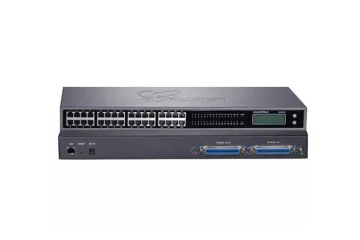Understanding the L1 Visa: A Comprehensive Guide

Introduction
The L1 visa is a non-immigrant work visa that allows international companies to transfer employees from their foreign offices to offices in the United States. This visa type is crucial for businesses operating globally, as it helps streamline operations and maximize talent across borders. With the growing trend of international business expansion, understanding the L1 visa process is essential for employers and employees alike.
Types of L1 Visa
There are two primary types of L1 visas: L1A and L1B. The L1A visa is intended for managers and executives, allowing them to stay in the U.S. for up to seven years. On the other hand, the L1B visa is for employees with specialized knowledge, permitting a stay of up to five years. Both categories have distinct eligibility criteria and application processes.
Application Process
To apply for an L1 visa, the employer must file a Form I-129, Petition for a Nonimmigrant Worker, with U.S. Citizenship and Immigration Services (USCIS). The form must be accompanied by supporting documents, including proof of the qualifying relationship between the U.S. and foreign entities, details of the employee’s role, and evidence of the employee’s expertise or managerial skills. Once approved, the employee can apply for the actual visa at a U.S. consulate or embassy.
Significance of the L1 Visa
The L1 visa plays a vital role in enhancing the economic landscape by facilitating the transfer of skills and knowledge between countries. It helps U.S. companies gain access to specialized expertise that may not be readily available in the local workforce. Furthermore, the L1 visa supports job creation in the U.S. by allowing international firms to establish or expand their operations.
Recent Developments
As of 2023, the U.S. government has been reviewing immigration policies, including the L1 visa program, to improve efficiency and reduce processing times. There have been discussions about making the application process more straightforward and transparent, aimed at encouraging foreign investment and talent retention in the U.S.
Conclusion
In conclusion, the L1 visa represents a crucial avenue for multinational companies looking to optimize their operations in the U.S. As global business dynamics continue to evolve, understanding the implications and benefits of the L1 visa will be significant for companies aiming to harness international talent. As the process is expected to become more user-friendly, businesses may increasingly turn to the L1 visa as a strategic tool for their growth.









